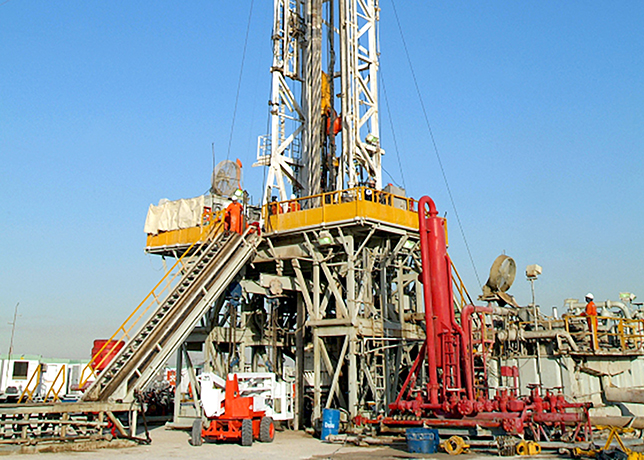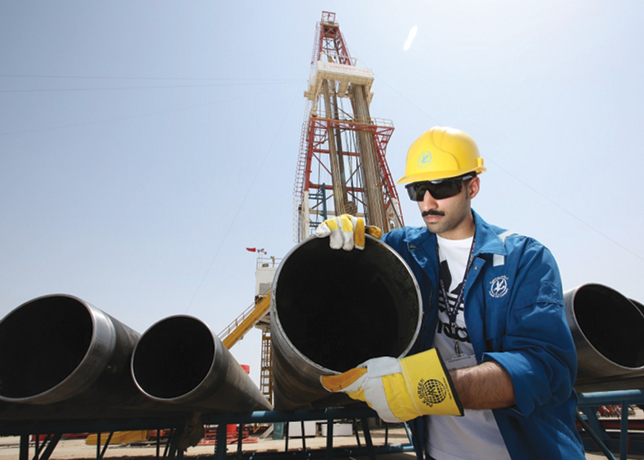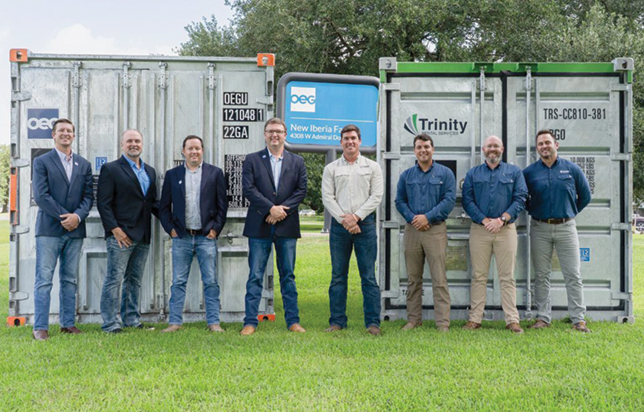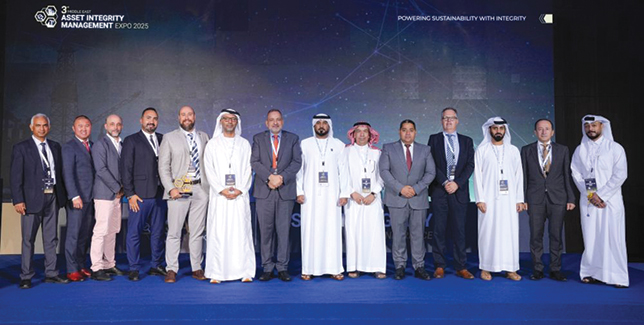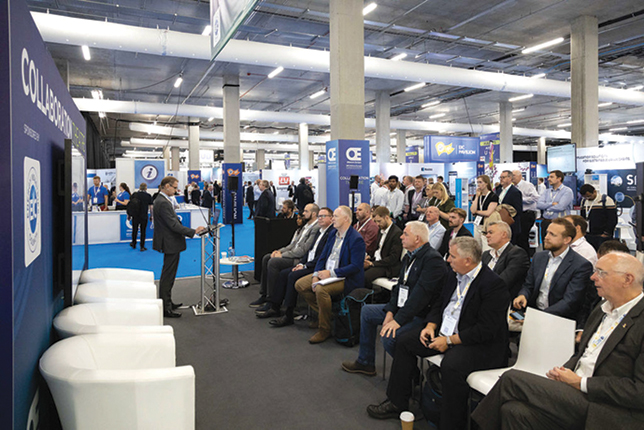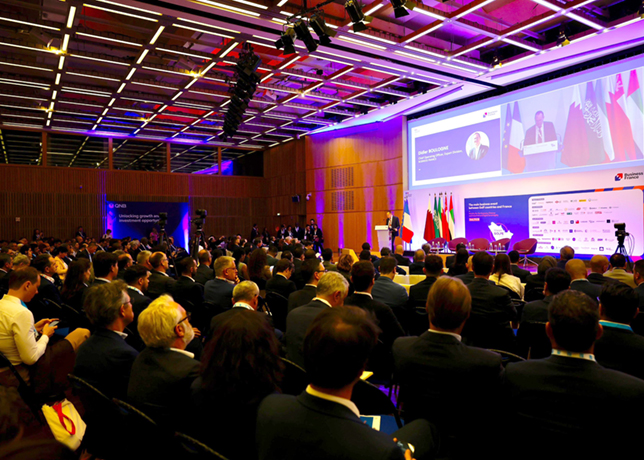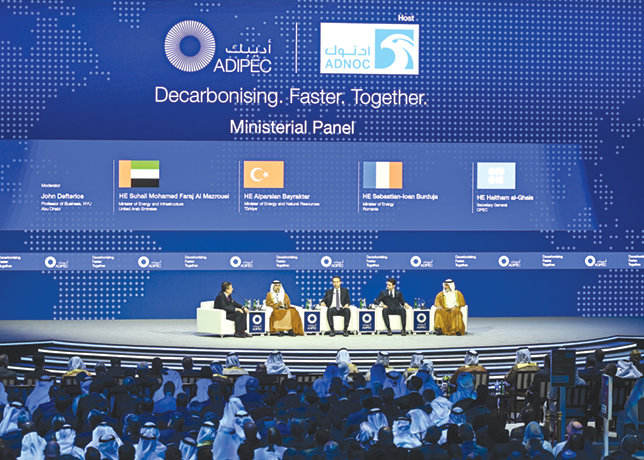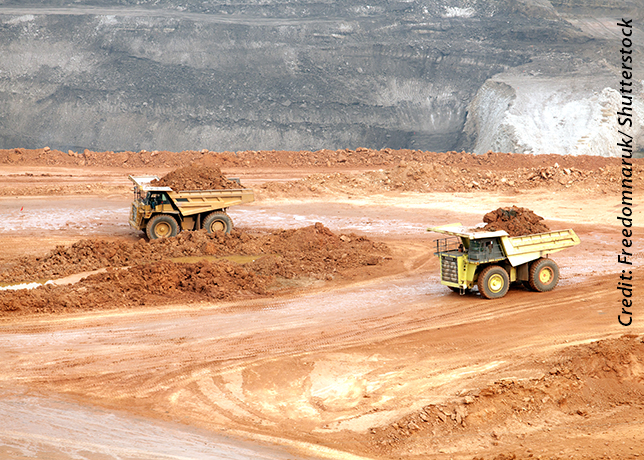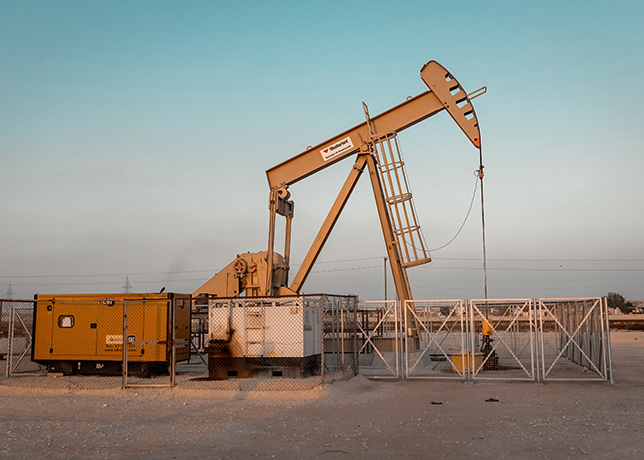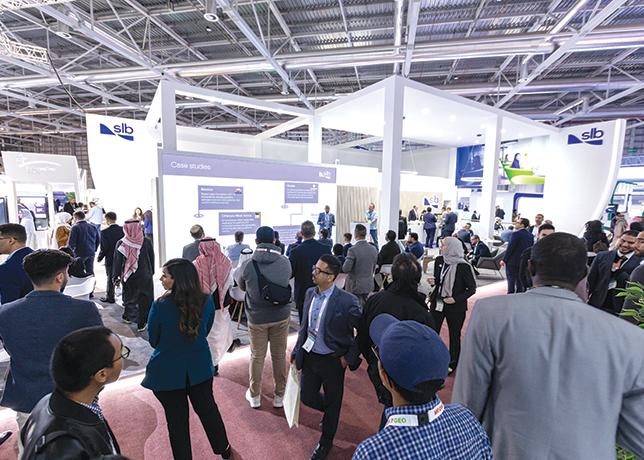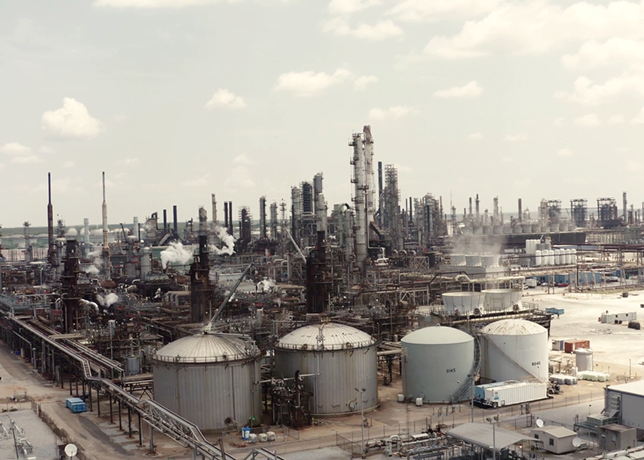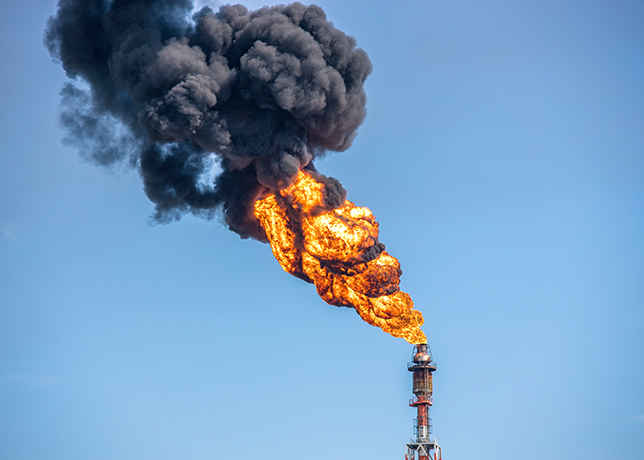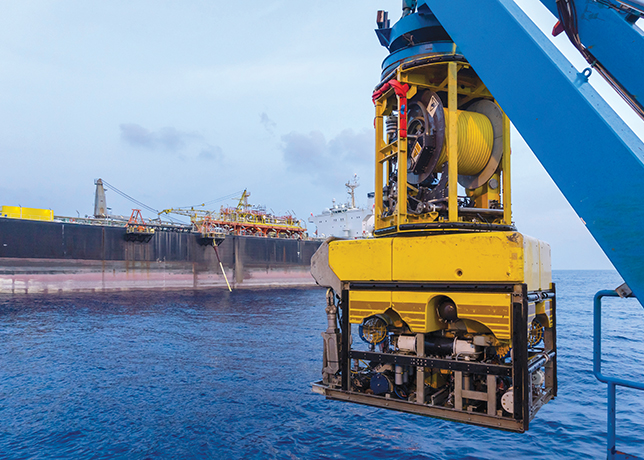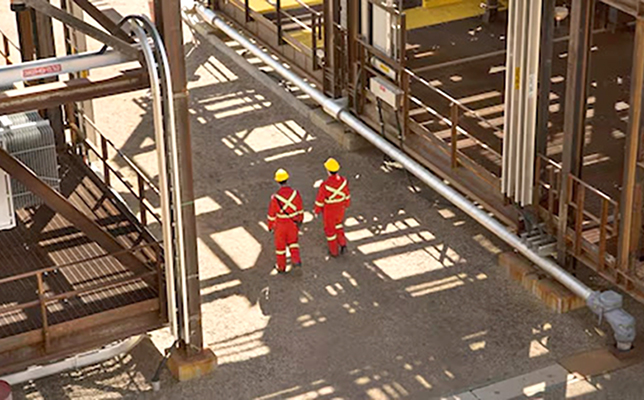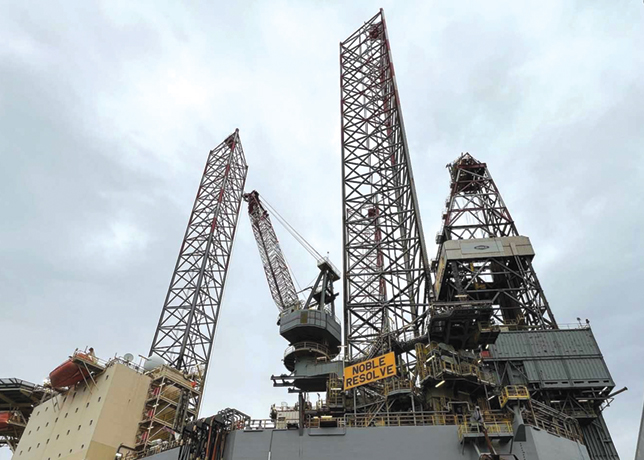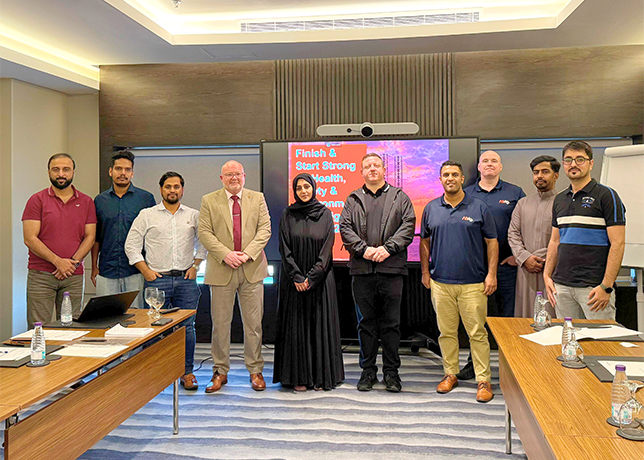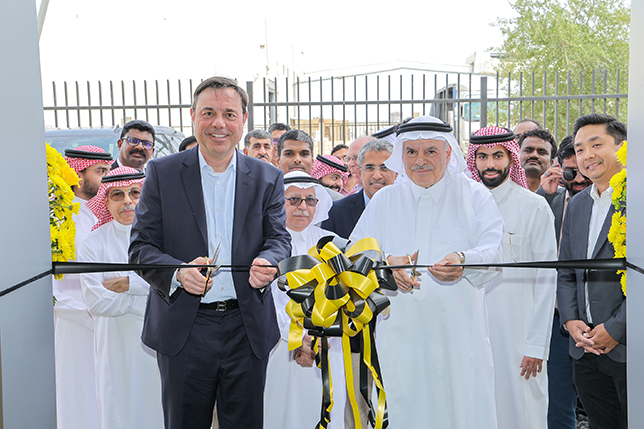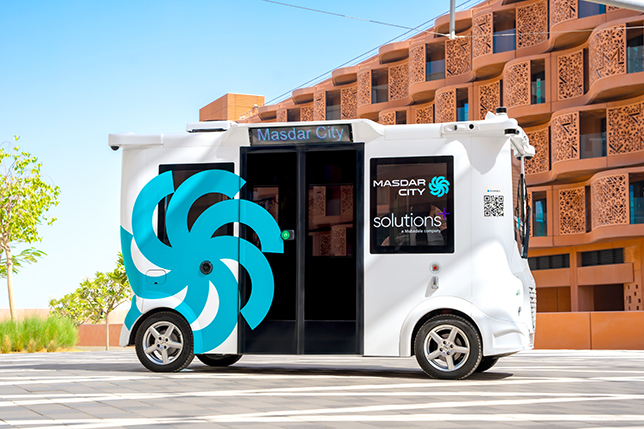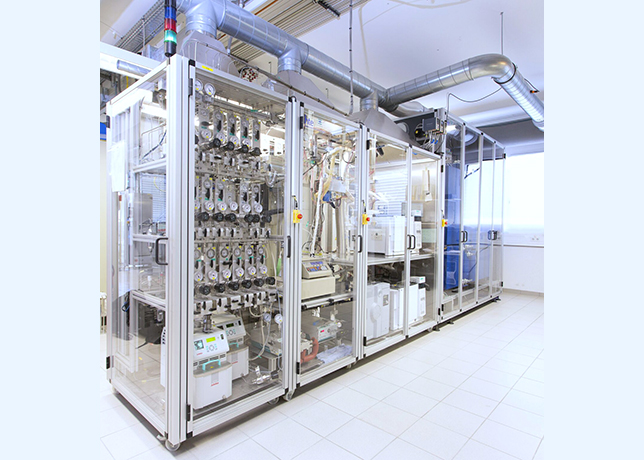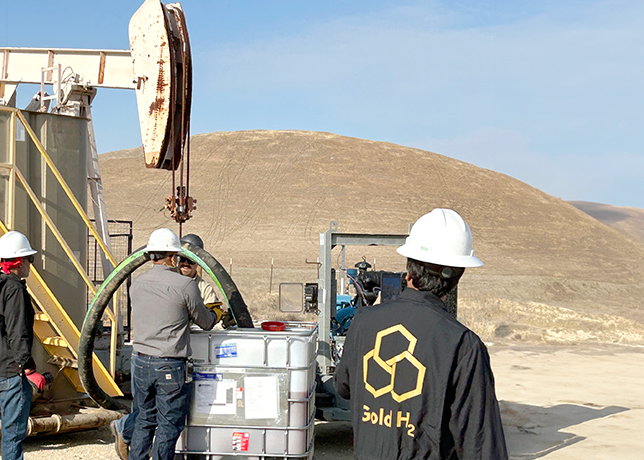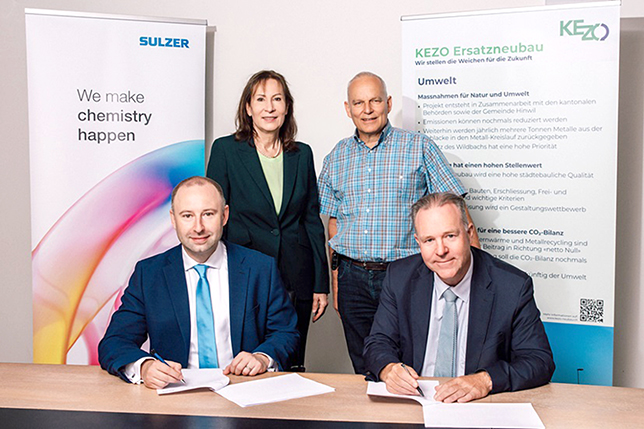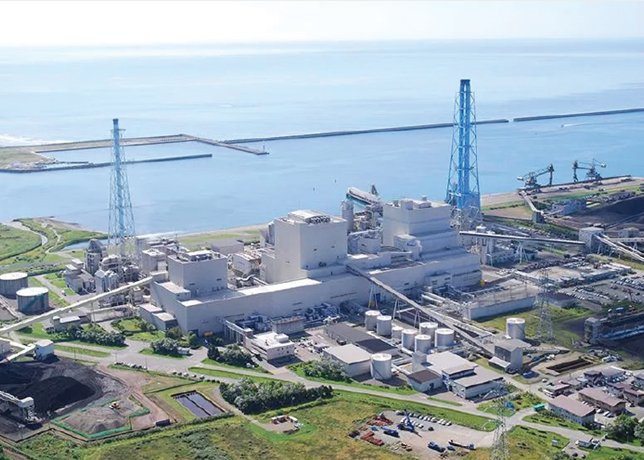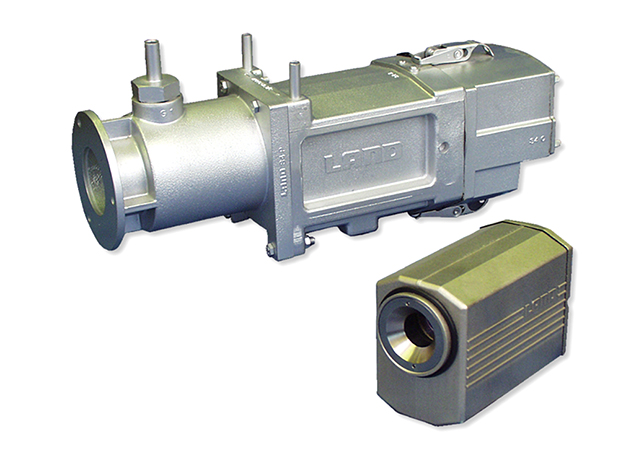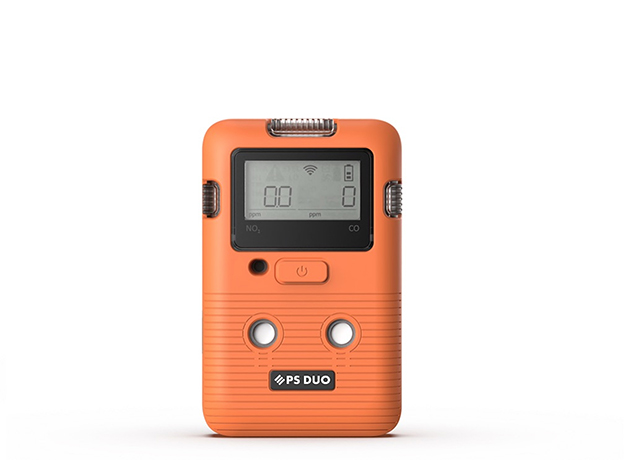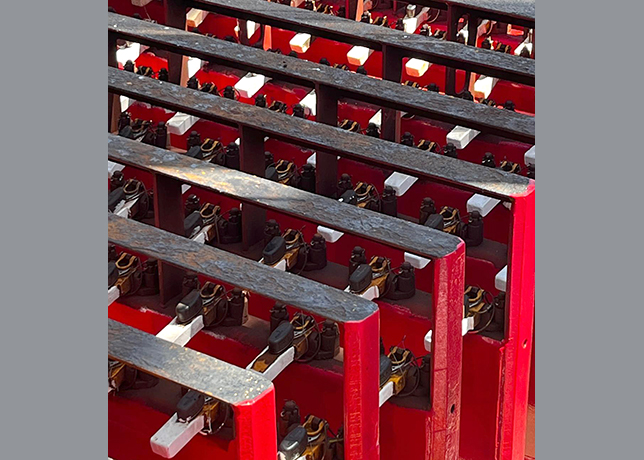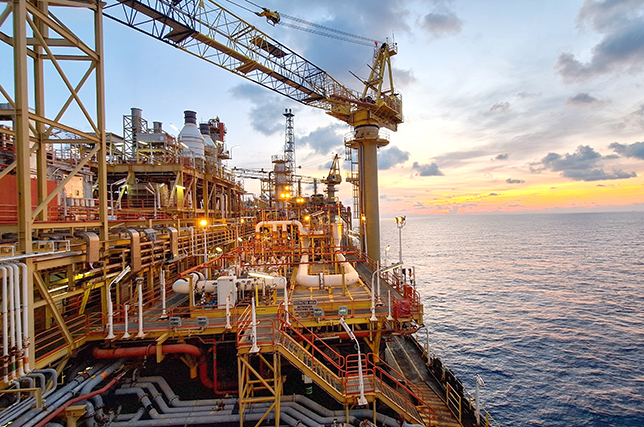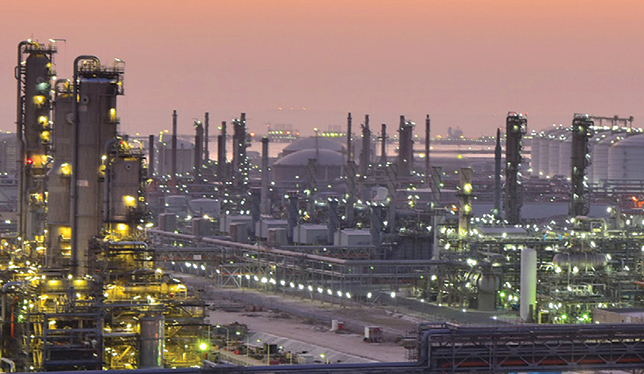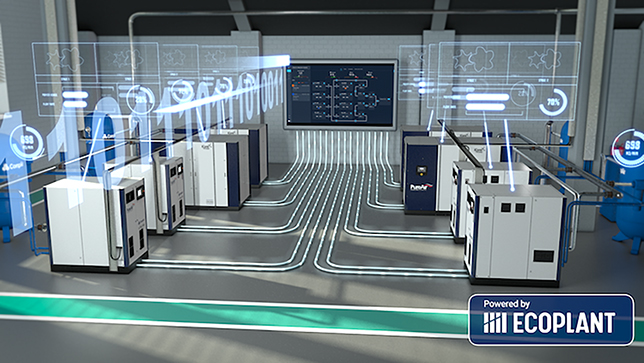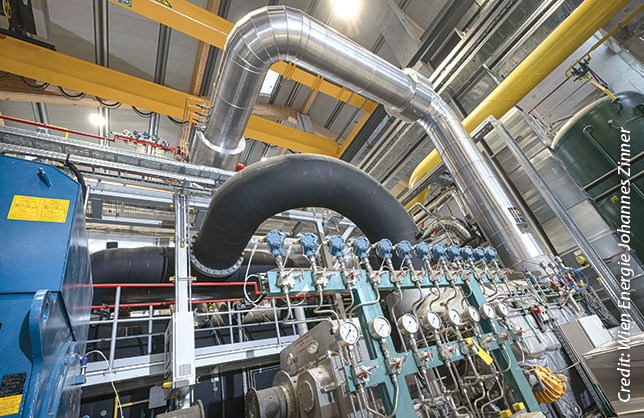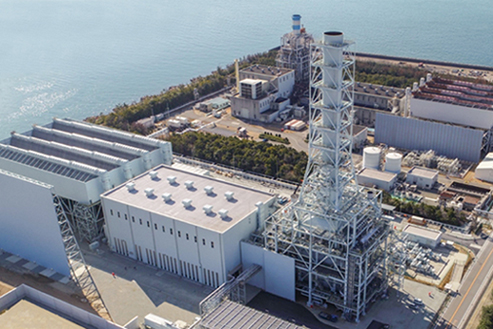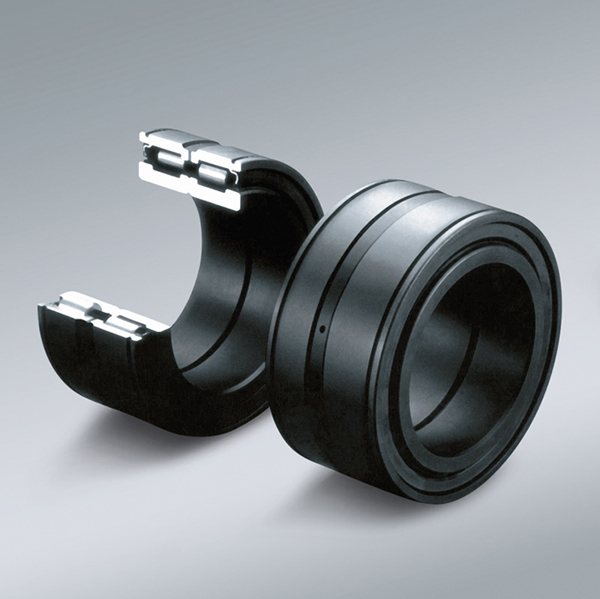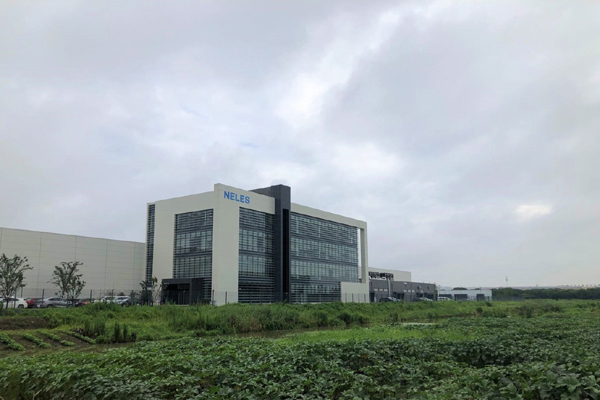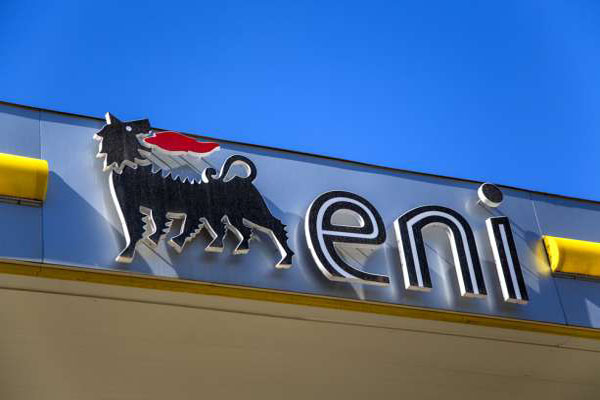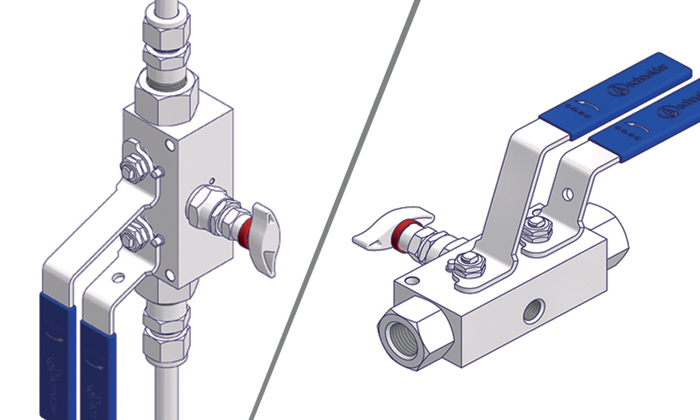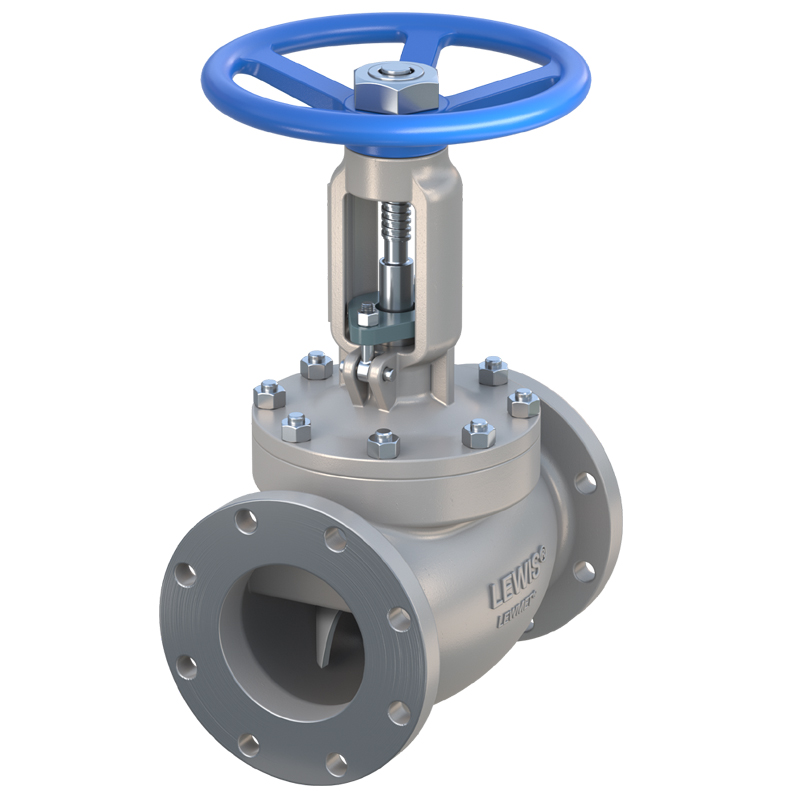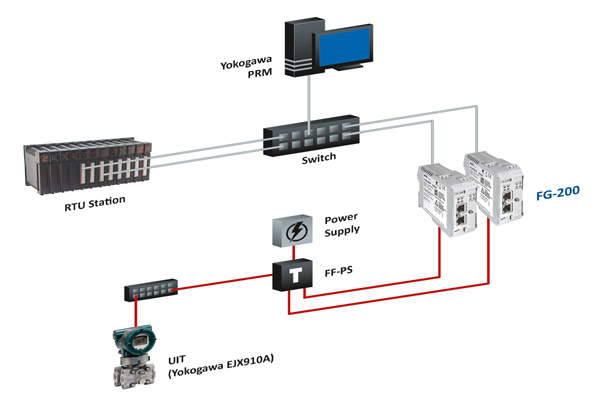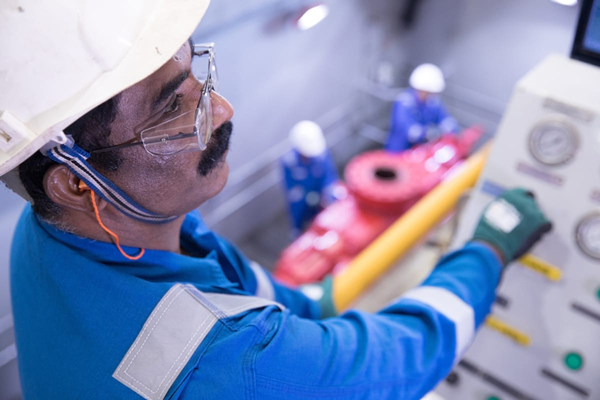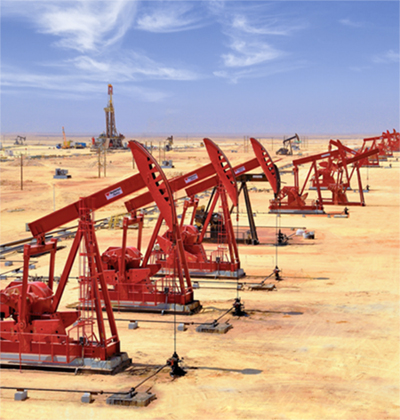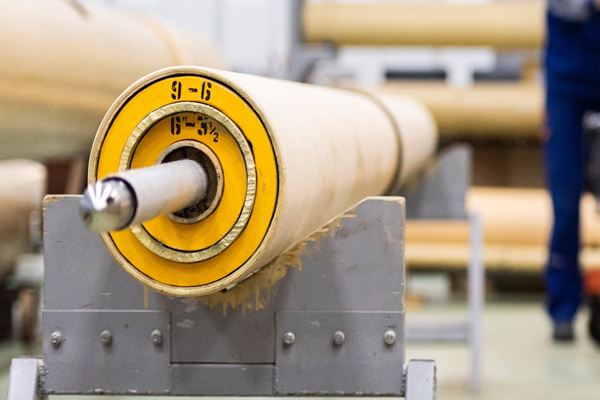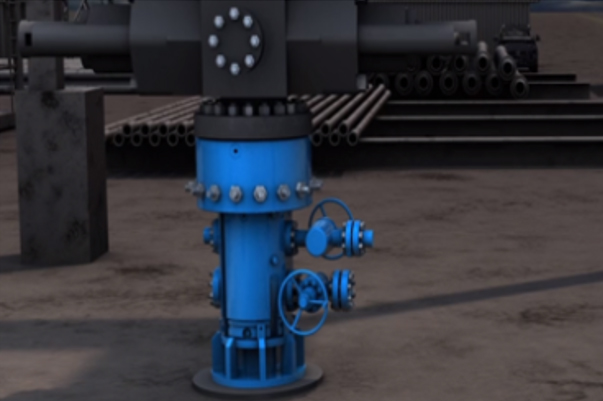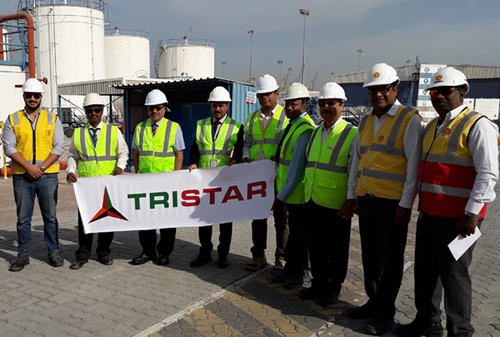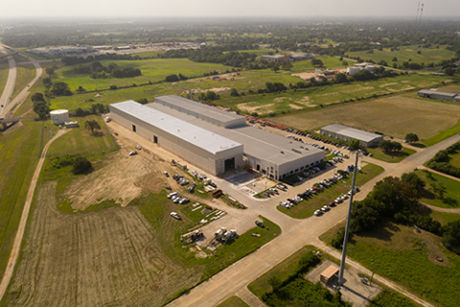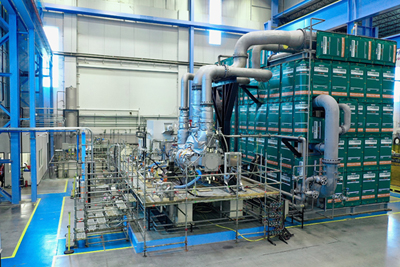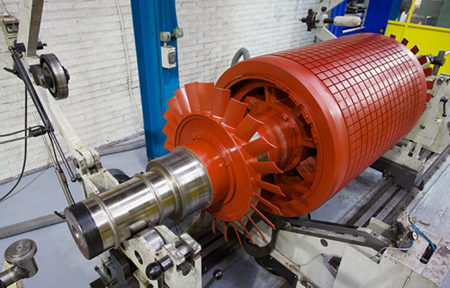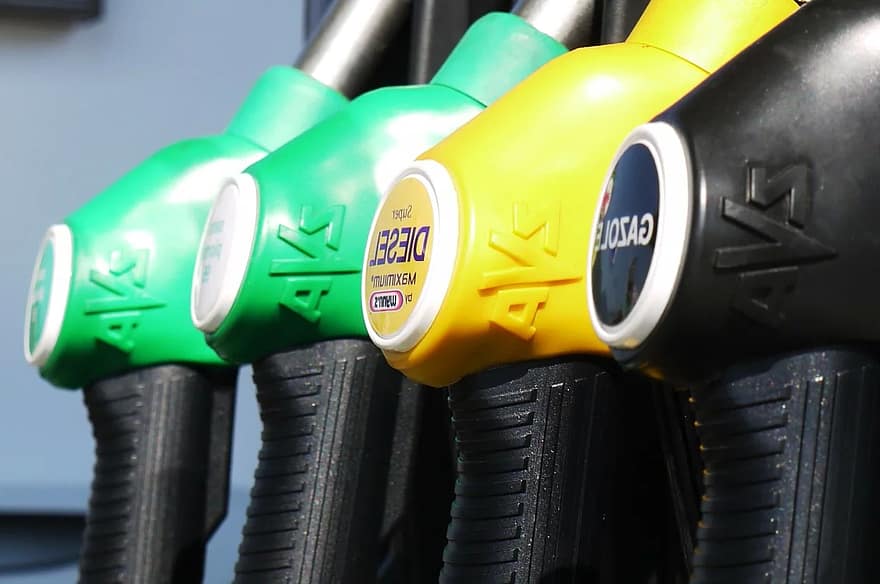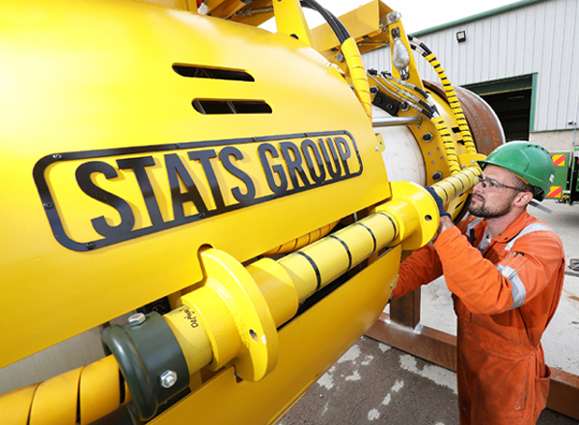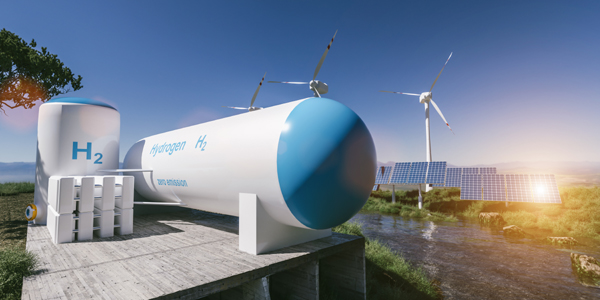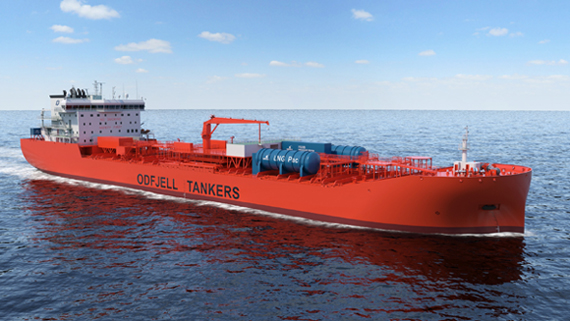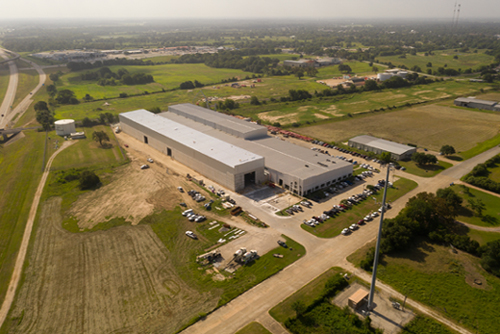
 Simplified process flow diagram of LPG Merox unit
Simplified process flow diagram of LPG Merox unit
TODAY, REFINERS drive process units toward their maximum sustainable throughputs to improve refinery gross margin.
Yanbu Refinery is a wholly-owned Saudi Aramco plant designed to process 170,000 barrels per day (bpd) of Arab Light crude.
The refinery's main process units are crude distillation (CDU), merox, naphtha hydrotreater, kerosene hydrotreater and platformer, making it a 'hydroskimming' refinery.
The refinery currently processes 220,000 bpd of 100 per cent Arab Light or blended Arab Light with Arab Super Light or Arab Extra Light. The CDU feedstock crude is pumped from Abqaiq to the neighbouring crude oil terminal via the East-West pipeline. The terminal transfers the crude to the refinery tank farm, where it is stored in floating roof tanks before processing in the main crude column. Refined products are butane, LPG, naphtha, gasoline, jet fuel, automotive diesel oil and fuel oil.
Based on economic incentive, butane is sometimes spiked into the crude oil in the terminal and this, together with CDU throughput at 30 per cent above design, results in loading the LPG Merox unit above its design feedrate of 3,200 bpd of sour LPG. The LPG merox loading escalates when Arab Super Light or Arab Extra Light is processed with Arab Light. To cope with the increased LPG feed, the circulation rate of the extracting chemical, caustic soda, is increased to maintain the treated LPG on-spec. This action results in chronic caustic carryover to downstream equipment, causing more complicated problems.
The Yanbu Refinery engineering team worked to find a permanent solution to this persistent problem.
LPG merox (mercaptan oxidation) is a catalytic process designed to treat LPG by removing sulphur containing compounds such as hydrogen sulphide (H2S) and mercaptans. Sour naphtha is routed from the crude overhead system to the stabiliser column, where LPG is stripped from the top to the LPG merox.
Caustic prewash
There are two stages in which H2S is removed from LPG to avoid deteriorating the sodium hydroxide alkalinity, namely amine absorber and caustic prewash.
Sour LPG is directed to the first column in the LPG merox unit, amine absorber, at 45 to 50 deg C and 12 kg/cm2, where H2S is mostly removed by countercurrent contact with lean amine (H2S-free).
The amine absorber is a liquid-liquid contacting column equipped with nine sieve trays and an inlet distributor to accommodate even LPG cross-section distribution.
LPG containing H2S enters the bottom of the column to contact with the downward-flowing lean amine to remove H2S. Amine has low solubility in LPG but strong affinity to H2S. Asa result, H2S forms weak bonded salt of the acid and base in which the sulphide ion is absorbed in the amine solution. This reaction is promoted forward by low lean amine temperature.
Rich amine (H2S containing) is sent to the amine treating unit for H2S stripping and recycled back to the LPG merox unit. The amine circulation rate is adjusted according to the LPG sourness. If H2S is high, the amine circulation rate is increased to maintain the acid gas loading at less than 0.3 moles of total acid gas per mole of amine.
LPG is then directed to the bottom of the caustic pre-wash vessel to remove remaining traces of H2S and other acids.
Extraction (mercaptan removal)
LPG is routed from the caustic pre-wash vessel to the bottom of the extractor to extract the mercaptan by countercurrent contact with regenerated sodium hydroxide flowing from the top.
The extractor is a liquid-liquid contacting column equipped with seven sieve trays and an inlet distributor to provide an even flow of LPG over a cross-section of the column. Mercaptan dissolves and reacts with sodium hydroxide.
Treated LPG is routed to the caustic settler to separate entrained sodium hydroxide from LPG and then to a sand filter for coalescing and separation of traces of sodium hydroxide solution. Afterwards, LPG is discharged either to the deethaniser column of the saturated gas concentration unit for Reid vapour pressure (RVP) seasonal adjustment or directly to the spherical tanks for storage with 200 wt ppm (maximum) total sulphur and negative doctor test.
Spent sodium hydroxide leaves from the extractor bottom for the regeneration section, where it is oxidised in the oxidiser, using air in the presence of the catalyst, to convert the mercaptan to disulphides that are insoluble in sodium hydroxide.
The regenerated sodium hydroxide solution, disulphide oil and gas and excess air from the oxidiser top enter the disulphide separator vertical stack for streams disengagement. Regenerated sodium hydroxide is returned to the extractor to begin another cycle of extraction while the disulphide oil is discharged to the tank. Disulphide gas and excess air are sent to the CDU heaters.
With LPG yield in Arab Light typically 1.9 per cent, processing 220,000 bpd of the crude in the CDU results in about 4,200 bpd of LPG feed to the merox unit. Butane spiking in the crude oil or processing lighter crude oil yields around 5,000 bpd. This new yield is 56 per cent above the LPG merox unit design capacity. To accommodate the inevitable elevated unit throughput, the amine and NaOH circulation rates are increased to maintain the target acid gas loading and total sulphur in treated LPG.
As a consequence to the increase in the amine and NaOH circulation rates, the velocity inside the amine absorber and extractor increases. Furthermore, the residence time in the caustic prewash and caustic settler diminishes due to high LPG flow rate. High flow rate results in poor LPG distribution inside the vessel, forming small LPG droplets, instead of large ones, which are difficult to separate. The caustic and disulphide oil disengagement in the disulphide separator vertical stack deteriorates at elevated liquid velocities. Consequently, NaOH is entrained with the treated LPG rundown to the caustic settler and ultimately to downstream equipment. This caustic carryover constitutes a major operational upset, as it triggers caustic stress corrosion cracking.
To mitigate all unit constraints associated with the increased throughput and butane spiking, it was decided to upgrade, in-house, particular bottleneck control valves to increase design capacity from 3,200 bpd (at 5,000 wt ppm mercaptan and 8,000 wt ppm hydrogen sulphide) to 5,000 bpd sustainable capacity.
A process revamp study by UOP was chosen for the entire unit, including vessels, heat exchangers, pumps and compressors. Key changes in the units were as follows:
Amine absorber - the old inlet distributor was replaced with a new one to increase the diameter of the 66 holes from 10 to 12 mm. All specifications of the sieve tray holes (except the feed tray) were changed from 66 holes at 9.5mm diameter to 91 holes at 10mm diameter and a 75mm triangular pitch (average). Each tray was designed for 0.012 kg/cm2 upward differential pressure. This change was expected to maintain the designed pressure drop across the trays at the elevated throughput.
Caustic prewash - the old inlet distributor was replaced with a new one to increase the diameter of the 32 holes from 10 to 11.5mm.
Extractor - the old inlet distributor was replaced with a new one to increase the diameter of the 27 holes from 10 to 12.5 mm. All specifications of sieve tray holes (except the feed tray) were changed from 88 holes at 6.35mm diameter to 59 holes at 10mm diameter and a 111mm triangular pitch (average). Each tray is designed for 0.029 kg/cm2 upward differential pressure. This change was expected to maintain the design pressure drop across the trays at the elevated throughput.
Caustic settler - the old inlet distributor was replaced with a new one to increase the two slots from 10 to 28mm each while retaining the length at 1,143 mm.
Oxidiser - the old inlet distributor - inner pipe - was replaced with a new one to increase the diameter of the 60 holes from six to 7.5mm.
The old inlet distributor - outer pipe - was replaced with a new one to increase the one slot from 23 to 28mm and retain the length at 920mm.
Disulphide separator - the disulphide separator is protected against potential overpressure by a safety relief valve mounted on the body of the separator. Since the separator has an 'anthracite coal' bed between the safety relief valve inlet nozzle and the stack, the bed may be considered a restriction in the flow path to the safety relief valve, in case of an emergency.
Accordingly, to enhance the unit's safety and reliability, the safety relief valve was relocated from the main body to a safer location on the vertical stack.
Yanbu Refinery decided to take a 10.1 cm diameter branch from the stack equalising line to the inlet of the safety relief valve while retaining the old inlet of the safety relief valve. With this modified set-up, the safety relief valve secures sufficient relieving for the separator to the safety relief valve even if the bed is blocked.
Engineering design work was done in-house after receiving the basic design data. A new vertical stack with a 91.4 cm outside diameter (OD) was swaged onto the vessel to replace the old 76 cm OD stack. The new stack was installed in the 76cm flange joint of the main vessel.
Debottlenecking benefits
After completing the debottlenecking and modifications described, the following benefits were realised:
Safety - the safety of the unit was improved significantly by adding a new inlet to the old design for the safety relief valve of the disulphide separator.
Environmental - exporting butane via the pipelines to the NGL alleviated the potential environmental concern. Solving the chronic NaOH carryover to the settler (and ultimate draining to the oil sewer system) reduced the environmental hazard due to the high pH of NaOH and the foul odour.
Economical - more than $1 million in estimated cost savings were realised due to the debottlenecking scope reduction. Furthermore, the project allows butane spiking, based on economical incentives and processing of 235,000 bpd in the CDU, to proceed.
Operational flexibility and reliability - with the sustainable capacity increased to 7,500 bpd, the planning staff had additional flexibility in adjusting feed rates according to economical requirements. In addition, equipment bypassing to tackle the NaOH carryover consequences is not experienced, which improved the reliability.
This article appeared in the Saudi Aramco Journal of Technology Spring 2002 issue. Adel Al Ghamdi is the coordinator of the Projects and Environmental Group in the Yanbu Refinery Operations Engineering Unit.


